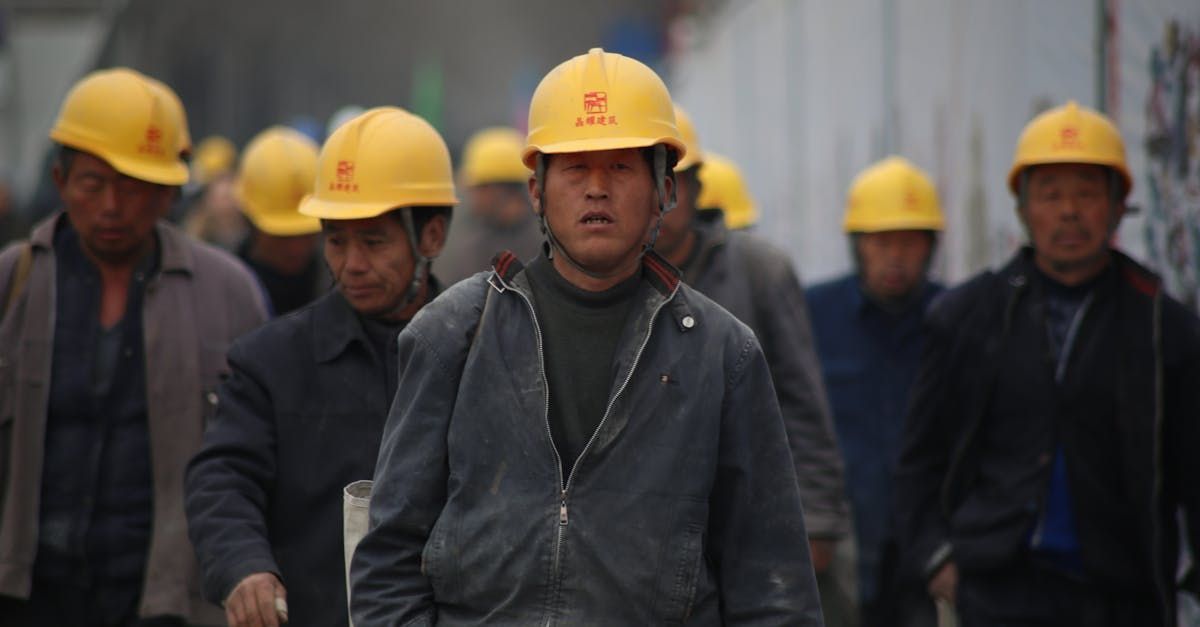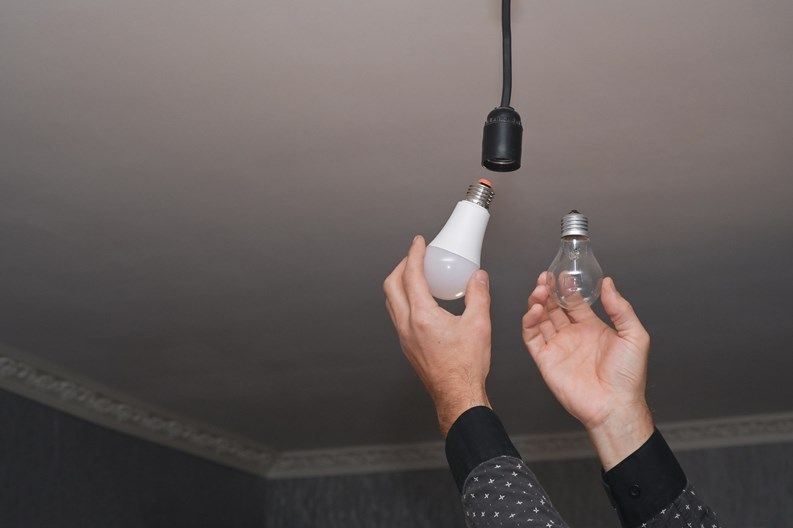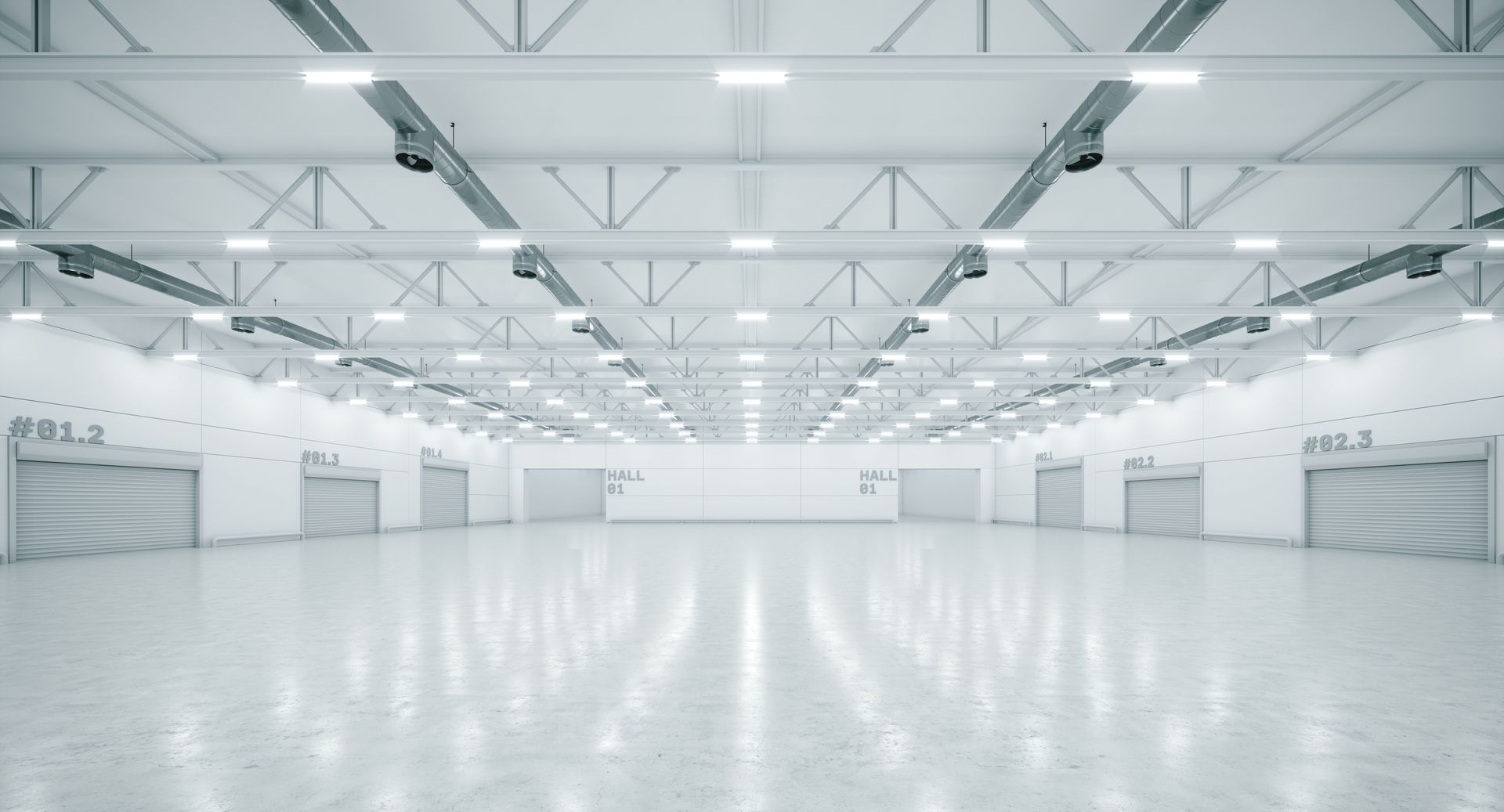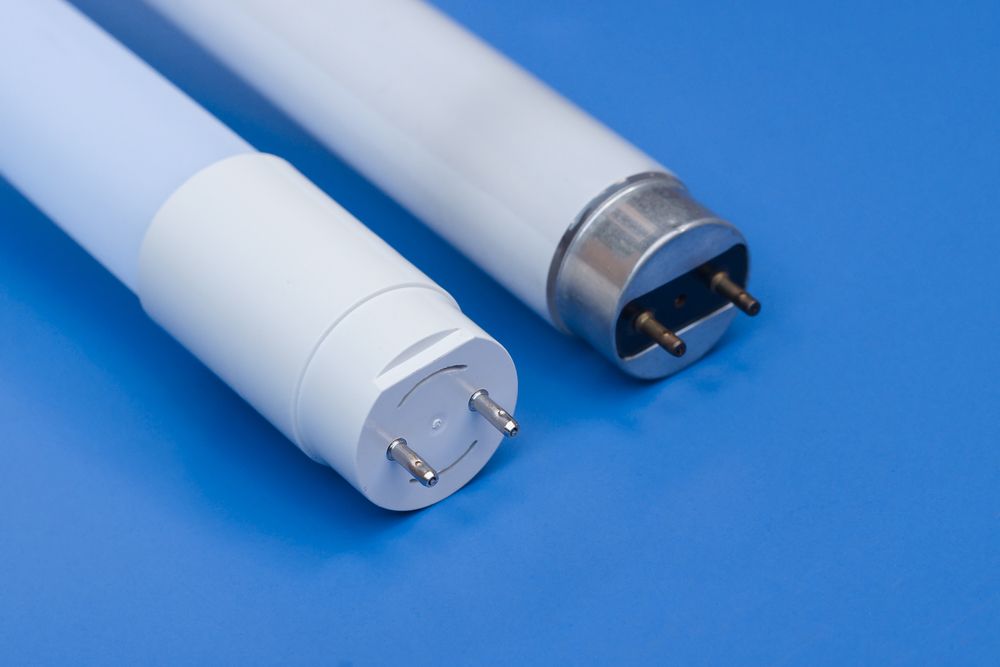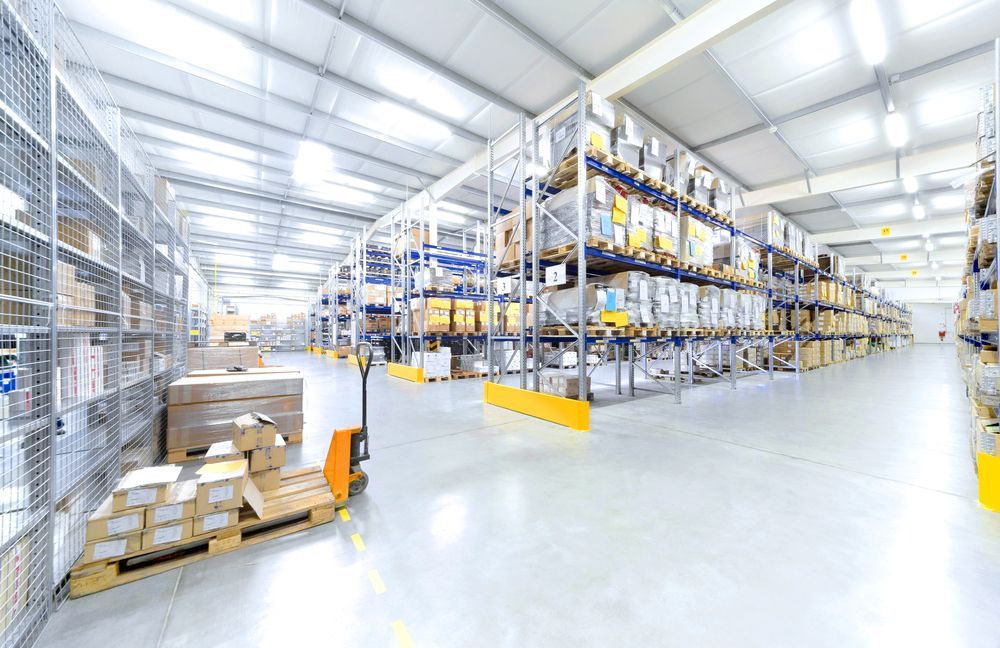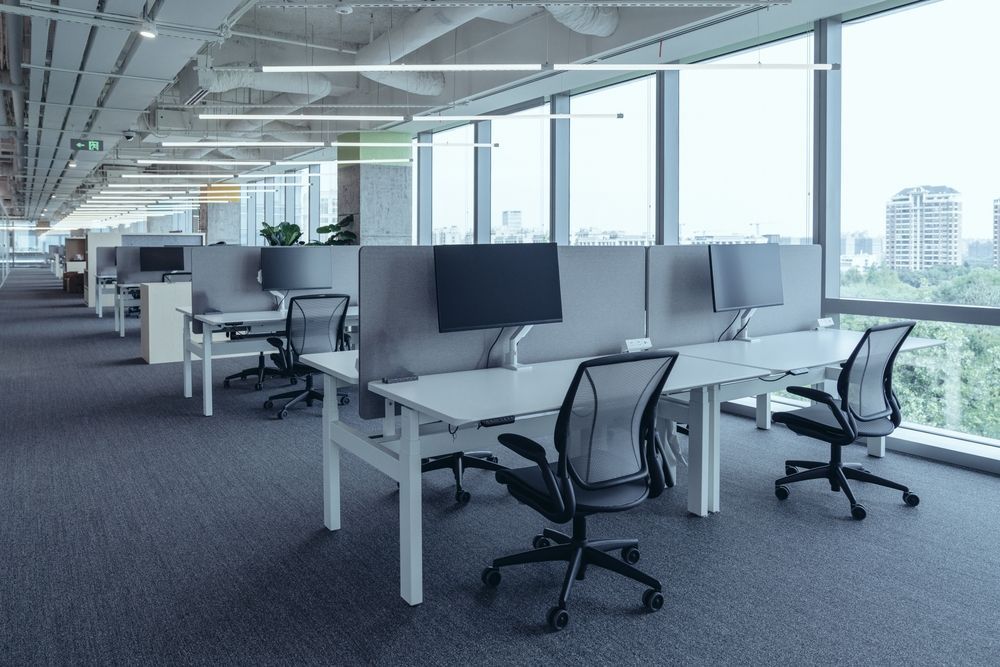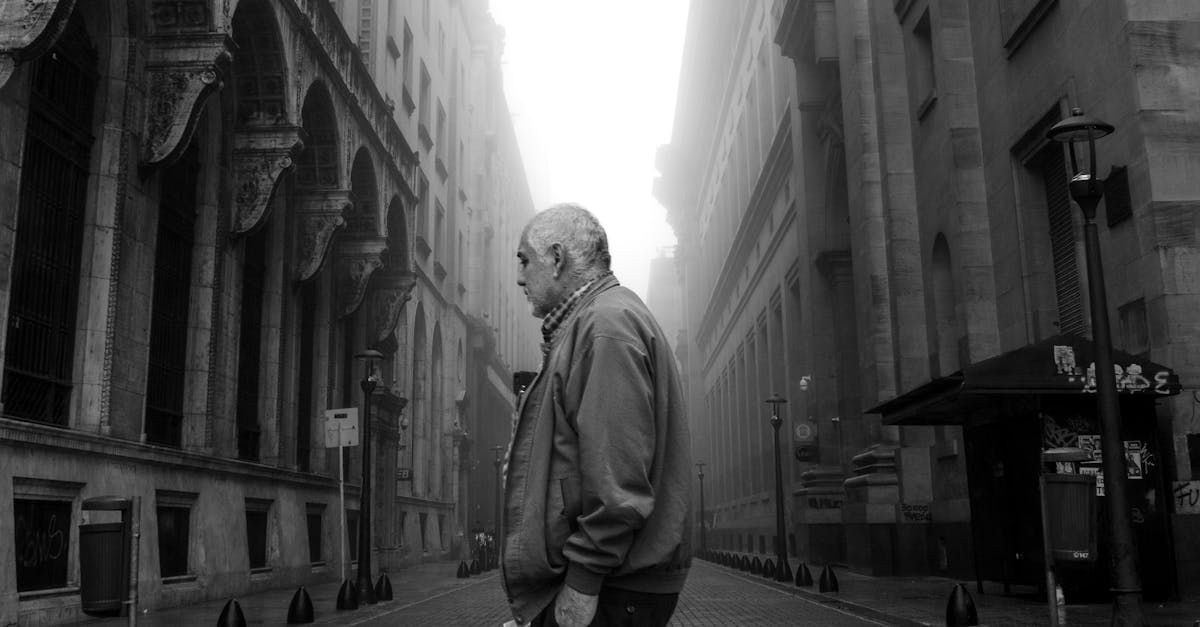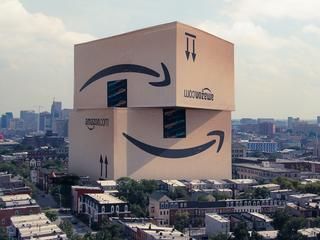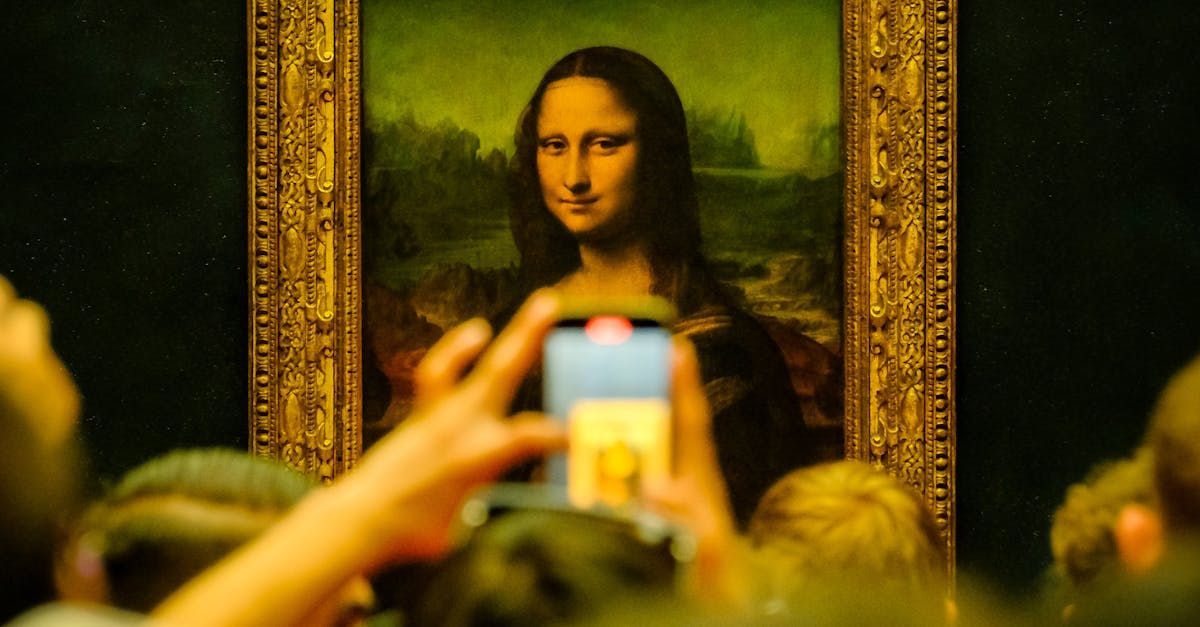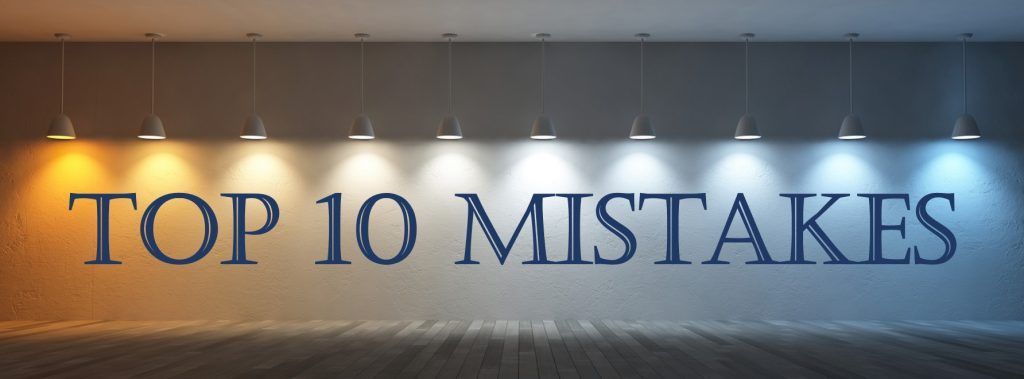
Continuing from our May article , below are the remaining 5 mistakes to avoid!
5. Using too high of a color temperature for your outdoor parking lot lights. We get requests all the time from customers that want the highest temperature you can get so the parking lot appears brighter. We hear this from car dealers to shopping mall owners. While we don’t mind going up to 5000k in outdoor, we highly recommend that you do not go over that color. We see car dealer lots with 6000k or even higher. You will notice this if you ever pass a car dealer and notice how bright the lot is BUT also notice how WHITE the lot is. All the color gets whitewashed and instead of having the bright red sports car stand out, it looks like a very odd color that has no pop. For shopping center owners you have to remind yourself who the parking lot is for. Your customers are coming out of their homes which have warm low-temperature light (2700k), they travel on the main roads which usually have even lower temperature light (2200k) and then they arrive at your lot. If you have a 5700k color in your lot, it doesn’t feel natural to your customer. It feels stark, cold, and uninviting. If you are relying on creating a first impression for a customer, you want them to think your lot is comfortable, bright and inviting. 4000k is plenty for this feeling.
4. Making your decision solely on the breakeven. We hear this all the time. As long as the breakeven is 1.5 years or less, we can get this project approved. The problem with this theory is that a lot of companies know this is a requirement and they will sell you sub-par, cheap fixtures just to meet this requirement. So while you may break even at 1.5 years, you wind up having constant light failures, warranty replacements, and degraded light levels. The cheaper fixtures only last 1 to 5 years and then you have to reinstall again. Ask the owner if he would rather have a 1.5-year payback that he will have to re-install in 3 to 5 years versus a 2-year payback that will last 10 years.
3. Confusing CCT with CRI. Color temperature defines the color appearance of a white LED. CCT is defined in degrees Kelvin; a warm light (orange/yellow) is around 2700K or less, moving to neutral white at around 4000K, and to cool white, at 5000K or more. As you get past 5000k, the light looks very blue. CRI (color rendering index) is a measure of how accurately a light source illuminates objects’ true colors. CRI values of a perfect 100 indicate LED lights that are able to produce white light that approximates halogen or incandescent lighting and natural daylight. As you can imagine, the higher the better.
2. Not understanding what the rated life calculation is. The rated life calculation that is printed on the spec sheet is usually BS. Did you know that a rated life calculation is an estimate based on a 6,000-hour sample? The lab doing the testing uses two standard temperatures and then the manufacturer picks a temperature to test. As you can imagine the manufacturer uses a low temperature so they can show the best results. So the number you see on the spec sheet is an estimate of how long a fixture will last based on the coldest temperature possible. When we evaluate new fixtures, we ask for the full testing data so I can see the difference between the coolest temperature and the hottest temperature. Knowing that most LEDs fail due to high temperatures, if the delta between the two tests is too high, we won’t even touch the fixture.
And the #1 mistake to avoid when doing an LED conversion is…
1. Not working with an experienced lighting company. These days, everyone tries to sell LED lighting because they think they can make a quick buck. Most of these companies get in and out of the business very quickly. Since they do not have any real education in lighting, they sell you products that are good for them and NOT for you. One quick way to check if the company you are working with has any real expertise is to ask if anyone on staff has a Lighting Certified (LC) or similar certification.
Converting your facility to LED is hard enough to do one time. Imagine doing a re-install because of massive failures? If you avoid the mistakes above, you can enjoy a new lighting system that will save you money, increase the light levels, create more uniformity on your lighting and will be hassle-free for the next 10+ years! That’s a good deal!!
